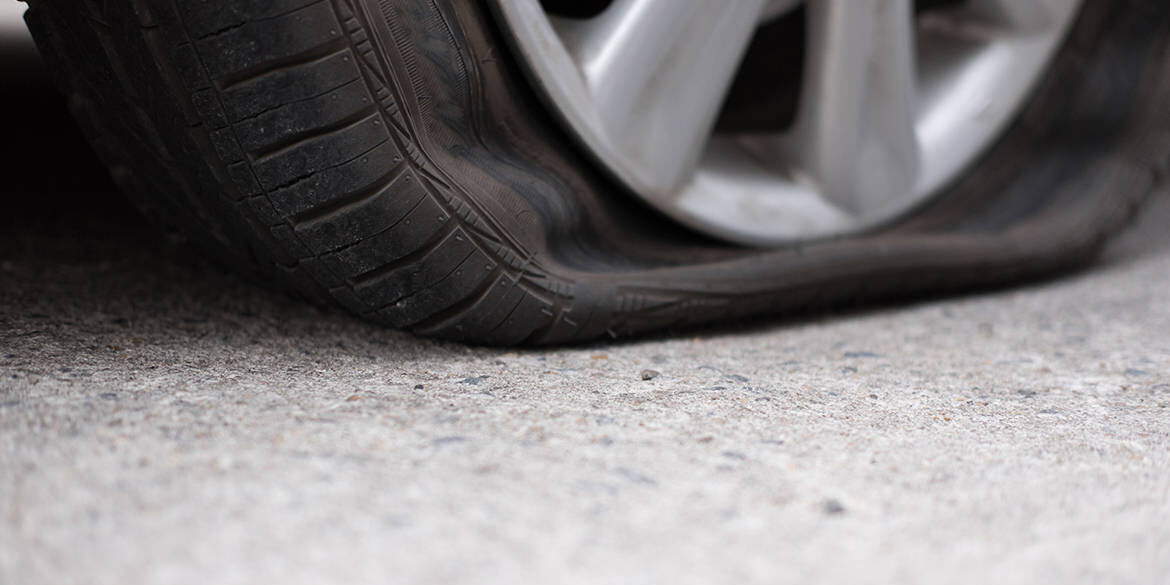One of the most common emergencies on roads are Tyre bursts. A Tyre can get a puncture any time no matter the state of the road though chances are high on poor rugged graveled surfaces.
A car Tyre burst however can cause extreme damages if it happens while driving on high speeds. Common factors to such situations include but not limited to tyres being worn out, overheating, driving over pavements and sharp objects among others.
Tyre bursts are undoubtedly dangerous no matter how much of an experienced driver you are. A high possibility of a flip over, swerving the wheel and loss of balance should all be expected. However, there are things you can do to reduce danger chances and possibility of bringing your car to a seamless stop if you find yourself in one. These may include the following.
The first safety response in not to panic about the situation. It is better to always be alert and reduce tension while driving. Try to remain as calm as possible. Just keep your both hands on the steering wheel and look straight forward while you try to apply your techniques in getting the car to stop.
Secondly the higher the speed the lesser the control you have over the car in case of an emergency. So less speed more control and more speed less control. If you drive an SUV the chances of the car rolling over are very high so you may want to maintain a fair level of speed every time. Also look out for speed limits in the area where you are driving, they are put there for a reason.
Thirdly, avoid stepping on the brake abruptly. One basic instinct that may come to your mind when you hear that loud pop sound or when you notice the imbalance in your wheels is to slam right on the brake pedal but that is not advisable as the sudden friction applied to the wheels may cause your car to go totally out of control or take a turn.
Try as much as possible to keep your steering wheel balanced with car faced straight. Car bursts can abruptly change the direction of your car if in the front. If in the rear, you feel a dragging effect and imbalance in your wheels though this might be a bit less. With your both hands placed on the steering wheel, try to steer in the opposite direction to where the car is pulling to maintain a straight balance. In this situation,driving with both hands on the steering wheel gives you a better control of the car.
Lastly, it is advised by experts that you maintain the same accelerator pressure very briefly before you try to take your foot off slowly. If possible, you can also use the engine braking method to bring the car to a slow halt in manual cars. If it is automatic, try taking take your foot off the accelerator totally and allow the engine components bring the car to a relatively slow point before applying the brake for a halt.


